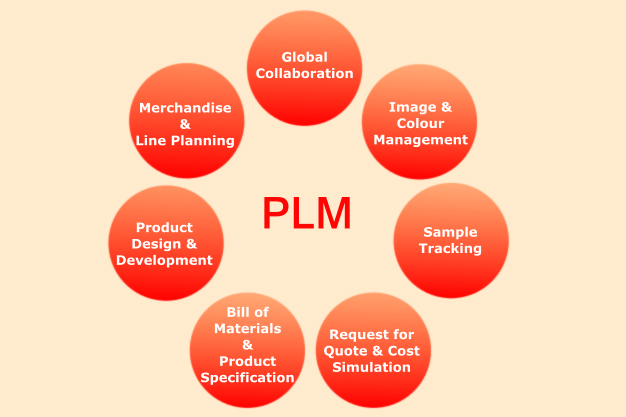PLM:
As we have seen the product lifecycle contains many elements; PLM is the system that manages them. Since the product lifecycle contains such a great number of organized processes, it is important to use an identical system to manage the creation of each of a business's products. Simply put, PLM is this system. And, as it is so complex, PLM is almost exclusively used in the form of computer software that contains all the features necessary to simplify and even help automate the various tasks involved with the creation of a product.
Benefits:
One of the main things to consider when understanding the product lifecycle is that each phase of the process is connected to the previous. Therefore, information visibility and sharing are extremely important. However, this is a task that is problematic to perform without the proper solution to strictly manage, categorize and track the information and people involved in a project. Without it, information can get vanished, become hard to find or can be accidentally changed, leading to increased back and forth communication and, eventually, loss of productivity.
As data sharing is equal to the successful placement of a new product, PLM software is often combined into mobile apps and even made to mix with common design tools such as Adobe Illustrator. This ensures that the process of sharing data itself is simple and time effective.
As such, the overall benefit of using a PLM software is the speeding up of the product lifecycle. PLM allows businesses to rise product output, quality and affordability. It allows businesses to focus on data management and analysis as a replacement for of data entry.
Product Management:
Throughout the design phase of the product lifecycle, many collections of designs are created and examined before the final version that goes to market. Often, those who are designing the samples and those who are producing the samples belong to two different teams. A PLM system with built-in project management can ease the design process and decrease the amount of sample designs because miscommunication is reduced and a planned.
This is but one example where suitable project management can increase the productivity of a product’s lifecycle, but it can be used across all stages to further improve productivity. Importantly, the use of timelines for project supervisors and teams allow for smoother production as well as collaborative design and production stages.
Product Information Management:
Since all the information related with a given product is centralized through a PLM, some PLM software can even act as a Product Information Management system. This means that businesses can push product information to different suppliers or online stores, without having to email anyone or open a worksheet. This will considerably reduce the time it takes to get a product to market.


